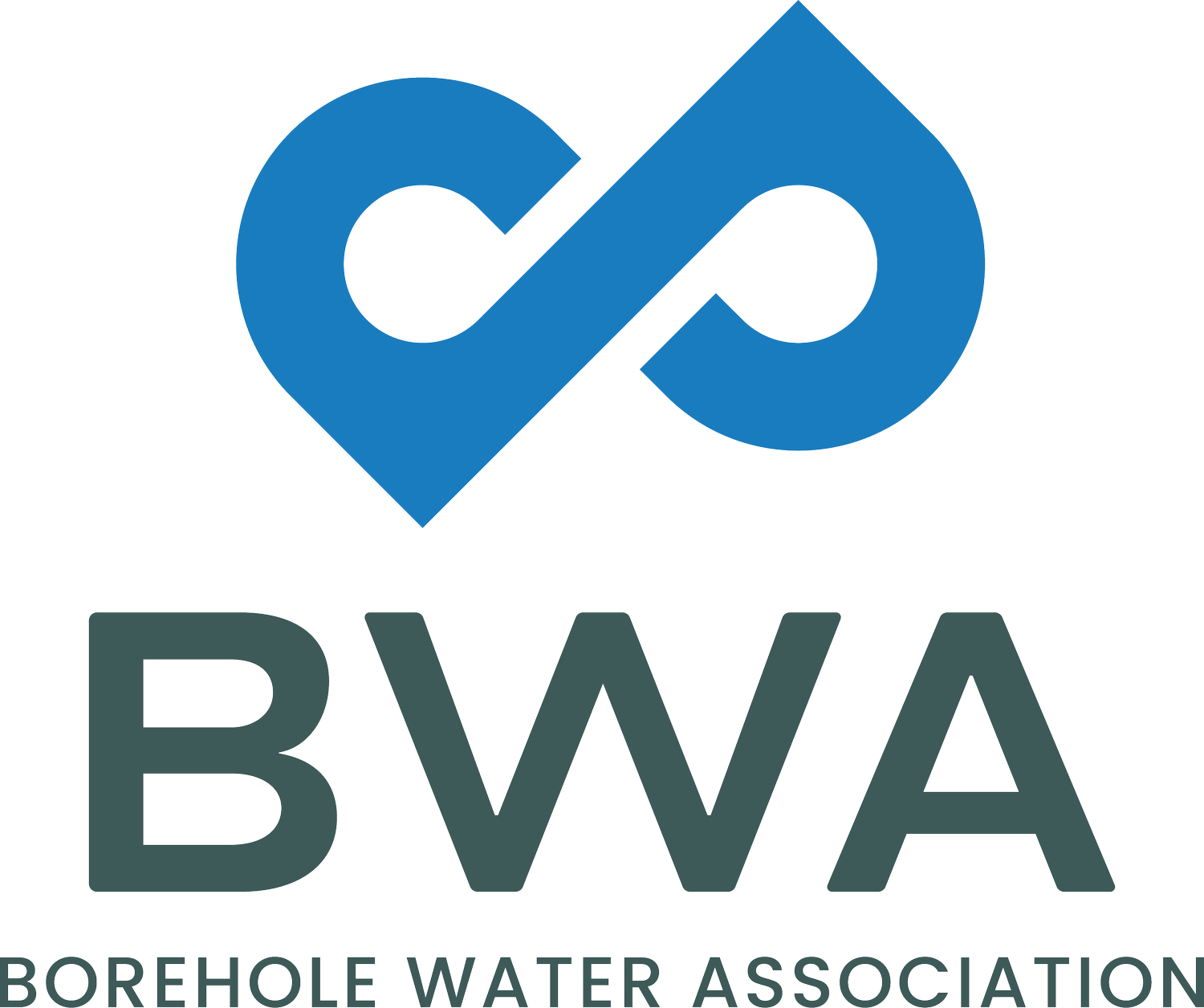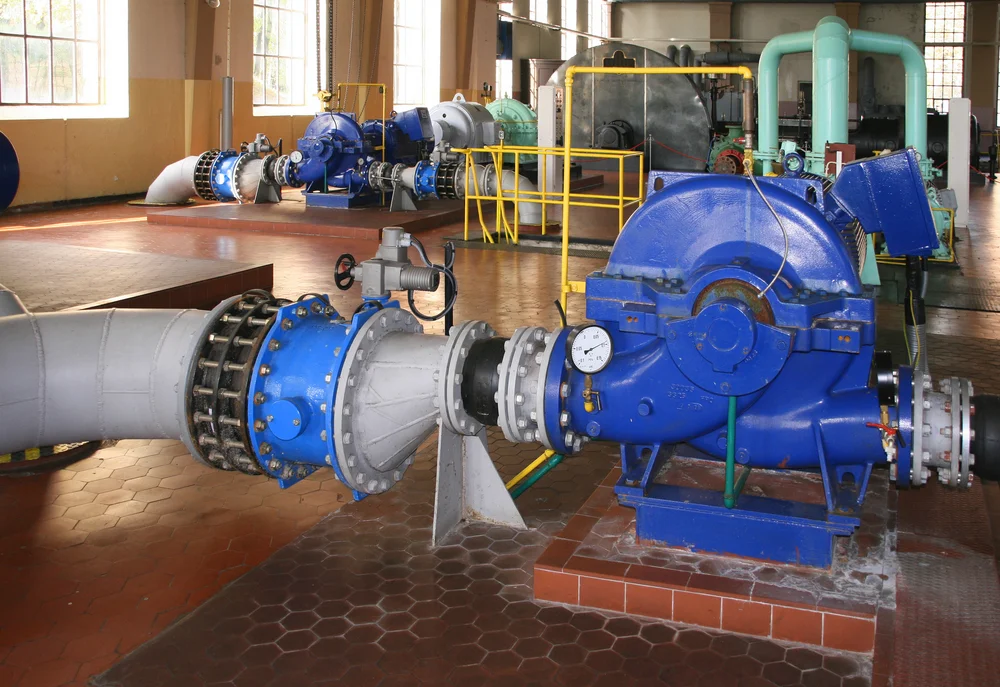When drought hits your borehole: dealing with diminishing yield and low-yield boreholes
/by John Tonkin
Recently, some borehole owners have noticed a decrease in the amount of water that their boreholes are delivering. Other borehole owners are disappointed with a low yield after investing in a borehole.
A low-yield borehole is disappointing, but it is certainly not the end of the world. For a modest increase in the capital outlay, you can still get a very effective water system for your investment.
What is the cause of low yield from a borehole?
Groundwater is contained in aquifers under the ground and is replenished by rainfall. It could be rain that fell recently, or possibly even centuries ago. Groundwater is not static, but rather flows underground.
More fortunate borehole owners will experience an uninterrupted water supply, even through a drought, as a result of the natural flow of groundwater into their borehole's aquifer. But the reality is that if there is little or no rain for an extended period of time, there will be a good chance that the water level in most boreholes in the area will decline. Given the recent drought conditions, it's entirely expected that many boreholes are not producing the yield that their owners have been accustomed to.
So what can you do if you are experiencing low yields from your borehole?
Use water responsibly
A low yield from your borehole is a reminder that water is a precious resource and in limited supply. So the first thing to do is to reduce the amount of water you are using and then when you do use water, make sure that you are doing so responsibly. Here are some examples:
Check your irrigation system for leaks and repair them immediately.
Practise water-wise gardening by choosing indigenous plants and trees that do not require a lot of water.
Only irrigate in the early morning or evening, so that water is not lost to evaporation.
Only irrigate when and where necessary. Use a rain sensor to ensure that an automated irrigation system does not run after it has rained. Do not necessarily irrigate your whole garden - only water sections of your garden that really require it.
Obey the constraints of the water restrictions in your area.
Take regular water level readings
If you rely on borehole water for a livelihood, you should take regular water level readings. These readings should be read in conjunction with the rainfall figures in the region to show how quickly rainwater makes its way into the ground formations that supplies your borehole.
Check for a system fault
A decrease in the capacity delivered by a borehole could be a result of a leak in the riser pipe. There have been a number of cases where steel fittings rust and water delivered by the pump is recirculated in the borehole.
The various fittings in the installation could succumb to wear and tear. For example, a borehole used for garden irrigation in Johannesburg had a plastic fitting that failed after 20 years of service, which meant that the borehole stopped delivering any water at all. Once the fitting was replaced however, the borehole went back to its original yield.
Faults like these are difficult to detect, as they could happen many metres below ground level under the water in the borehole - so be sure to enlist the services of a reputable pump installer to troubleshoot the problem.
Use storage tanks
Adding a storage tank or two opens the possibility of pumping water from the borehole into tanks and then allowing the level in the borehole to recover over time. There are a number of electrical controllers on the market that will, very effectively, manage this cycle.
Let's illustrate using a case study. A borehole on a residential property was only yielding 40 litres per minute for 45 minutes. Recovery of the water level in the hole could take up to 48 hours. This meant that the borehole could not support the irrigation system on the property.
The owners were advised to pump the borehole water into tanks over a longer period of time, and then irrigate the garden using the water from the tanks.
This solution was very effective in getting the best out of the borehole, while still allowing the borehole to recover.
COMBINE THE LOW OUTPUT OF YOUR BOREHOLE WITH OTHER SUSTAINABLE SOURCES
Supplement borehole water with rainwater harvesting
By adding tanks to a borehole system, you can then take up the opportunity to harvest rainwater or grey water, with just a few additional pieces of equipment.
In the case study above, the property owners supplemented their borehole water with a simple rainwater harvesting system, which increased the water volume over the course of a year significantly. The owners were thus able to take advantage of another source of sustainable water to meet their needs.
You can get the most out of your borehole
These are just some of the ways of getting the most out of your borehole, even if it produces a low yield - either temporarily or permanently.





